The cyanotype process is loved by both photographers and printmakers alike. With relative ease, your image is steeped into a realm of rich, velvety blues that convey a sense of serenity and strength. Often you will see gazing portraits, awash with a range of striking blues. Or a simple landscape, the rolling hills or stretching forests no longer green – but a palette of endless blues.
However, it isn’t until now – that we see the cyanotype adapted into video format. Whilst we’ve been familiar with the cyanotype in still format for over 150 years – I decided to take it into the 21st Century by making a music video exclusively out of cyanotypes. All it took was determination, some cyanotype-flavoured courage, and a dash of craziness. And of course – a whole lotta blues.
The Idea
As an independent artist living in Leeds, I have been adapting traditional photographic processes into moving image for a number of years now. In the past, I have made animations from lumen prints, photograms, pinhole photographs – and more. Despite being labour-intensive, I continue to (slowly!) craft a niche in the realm of moving image.
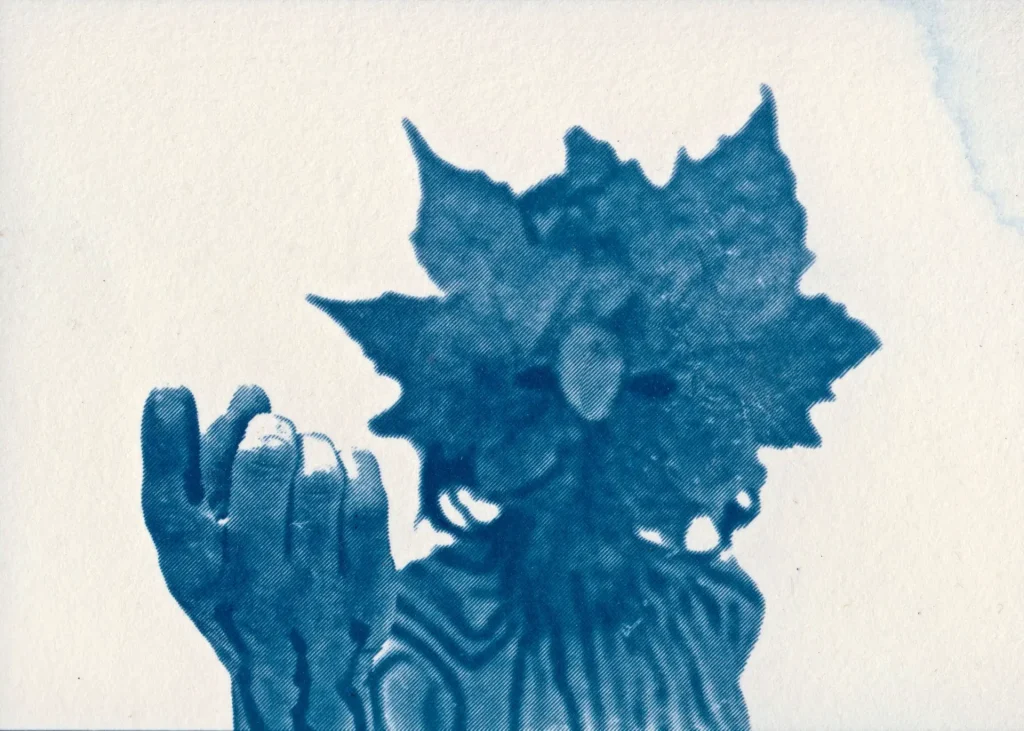
Having previously made animation segments using cyanotype in my film A Guide to British Trees, I was enamoured with its transformation into moving image. With that in mind, I had wild ideas of an entire film, exclusively in cyanotype – from start to finish. But as a typical starving artist – I lacked the time or funds to do so.
Until one evening, I was contacted by Globe Town Records out of the prussian blue (excuse the pun). They were looking for a music video for their emerging artist Tycho Jones, and his song Don’t Be Afraid. They had seen some of my work through a friend, particularly my animations printed on soil, and were keen to get a conversation going.
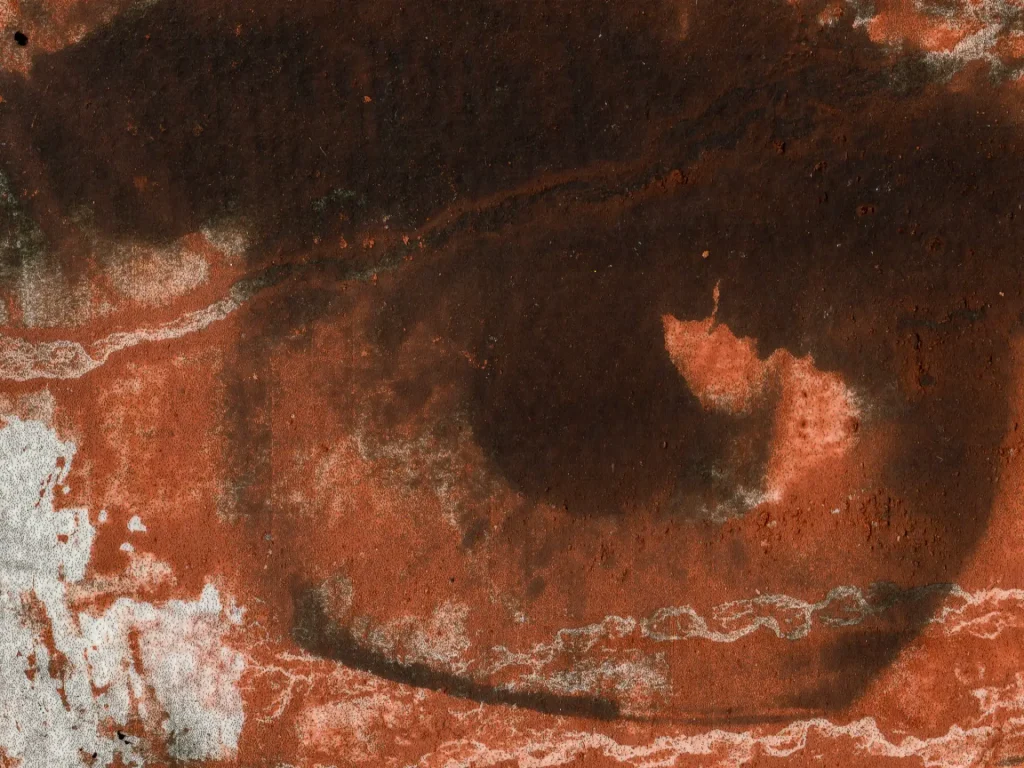
Immediately (and a little foolishly) I proposed the idea of an entire cyanotype video. Giving me full creative control, I could also include my own thematic ideas – mostly around the climate crisis and our relationship to the nonhuman world.
For a while I’d be mulling over birds and their relationship to climate change, and their cultural significance in society. I thought this connected well with Tycho’s lyrics of escape and anxiety – and so the idea for the first cyanotype video was formed.
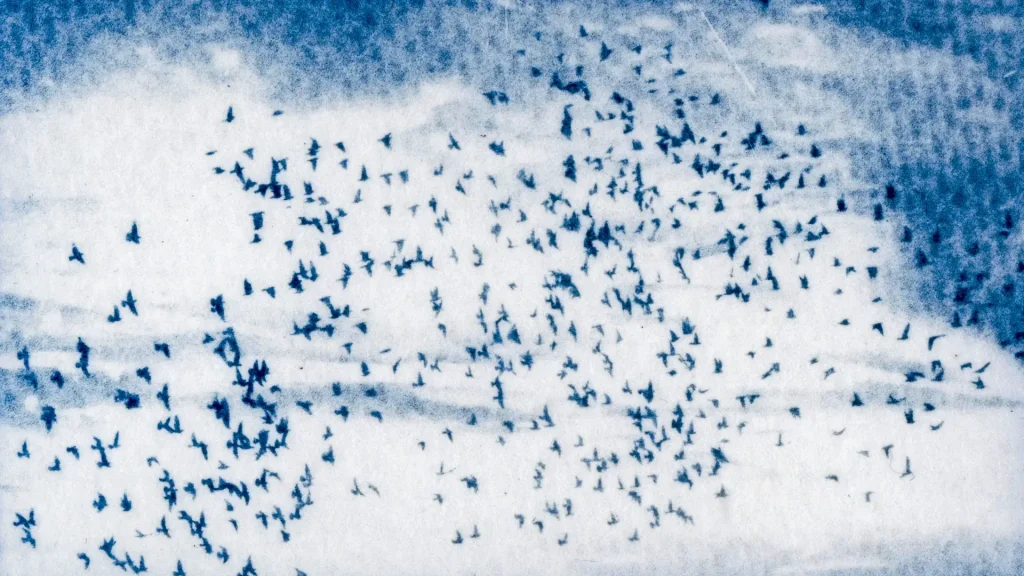
The Production
Shooting the video and collating/editing footage took around a month. Most of the time, I used my Canon 650D, with a 10-22mm lens attached. Shooting at 24fps and in 1080p, I recorded Tycho in his familiar London environment. For some scenes, I also used stock footage and archival footage of my own.
This footage was then broken down into individual stills – meaning I had 24 jpegs per second of footage. These jpegs were then transformed into digital negatives, printed on biodegradable acetate using an eco inkjet printer. Each sheet of acetate had 9 negatives, meaning I needed at least 3 sheets per second of footage.
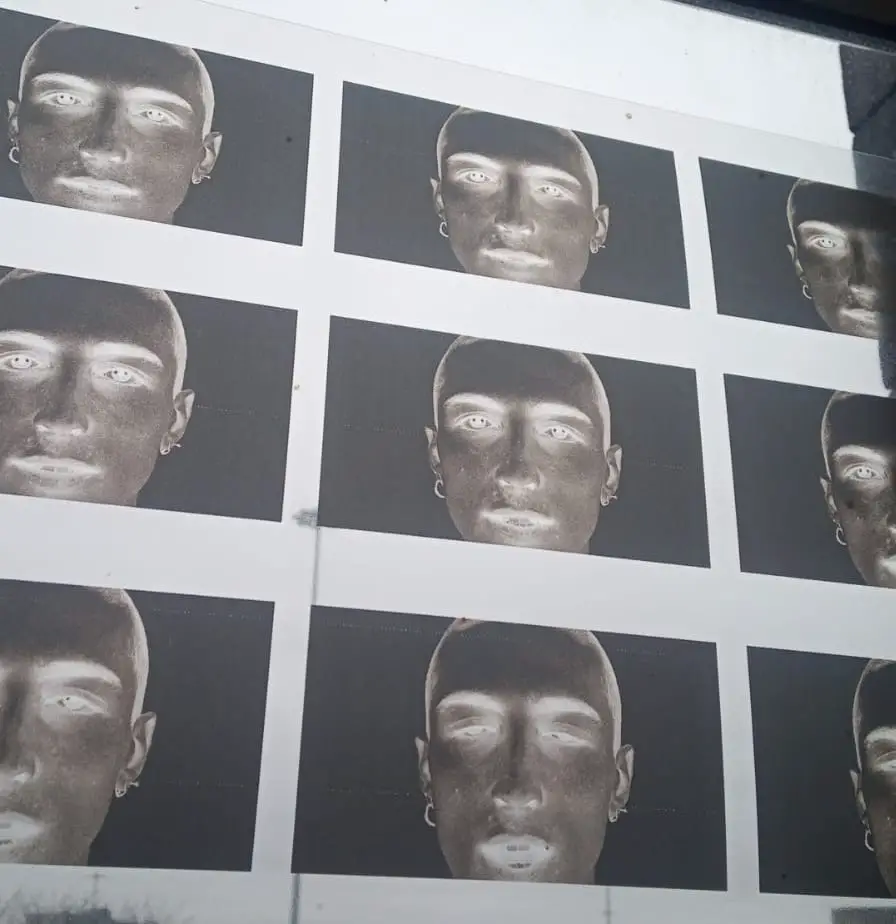
Once all the negatives were printed (576 sheets in total, equalling over 5,000 frames!) – the real cyanotype challenge began. As cyanotypes fog if left for too long, I quickly discovered that I achieved best results printing the day after coating. This meant an intensive schedule of coating one day, then printing and washing the other.
In a typical day I would coat 100 sheets, hang them to dry, then attach the negative. I would then wake up early, head to a local educational charity that generously donated their UV bed to the project, and expose the cyanotypes. These were then dashed back up to my darkroom, where I developed them in water and hung them to dry. Rinse and repeat. My transformation into cyanotype conveyor belt was complete.
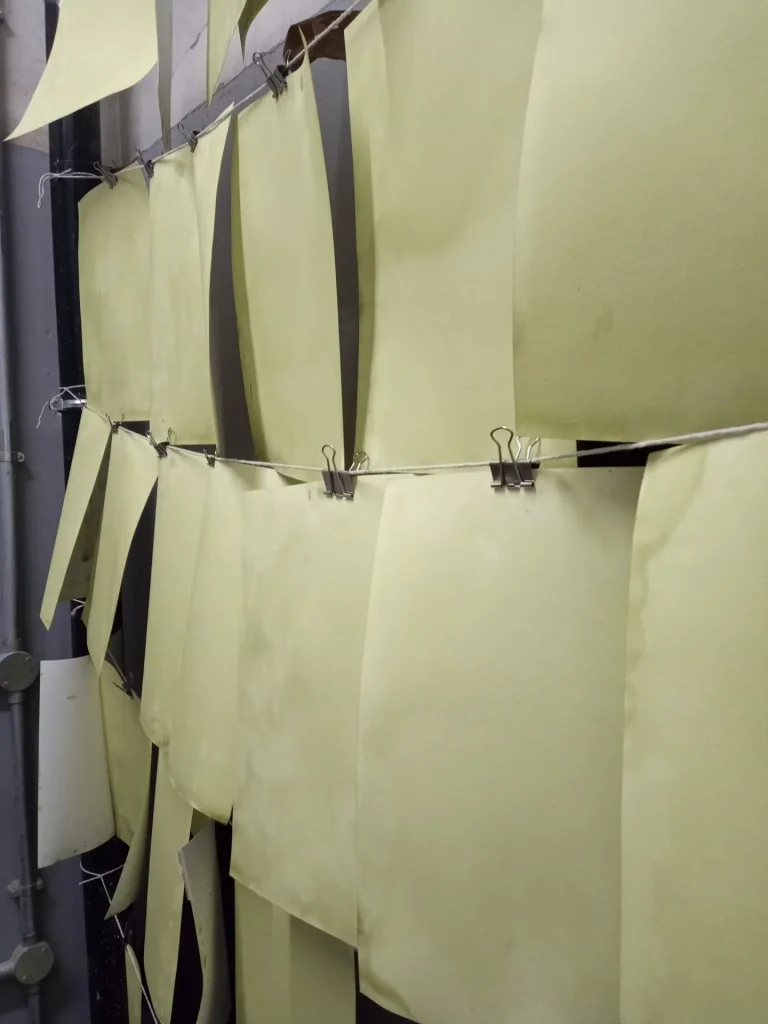
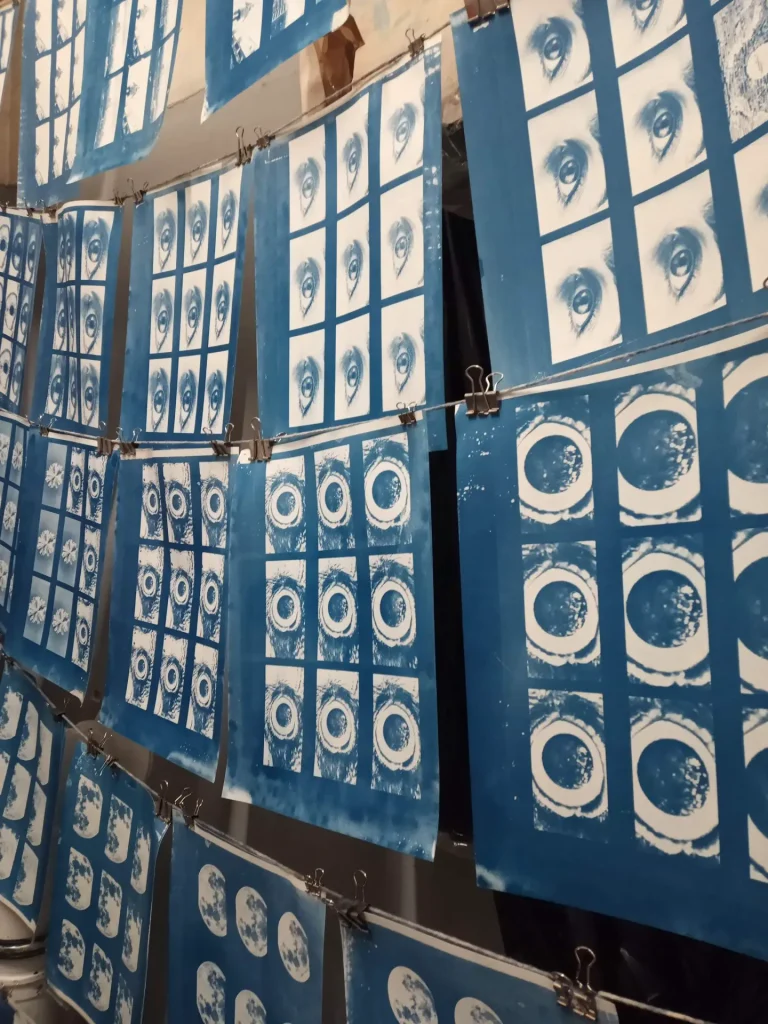
Once I’d exposed the lot – I then set to the task of scanning each frame, and cropping them to align in Lightroom. I then dropped them into the Final Cut timeline, added the music, and pressed play. A chaotic shudder of varying blues, my thumbprints smeared across hundreds of frames, and scratches big and small galore. I was in an entirely new world – and wasn’t sure whether to run, laugh, or hide. Sending it to the label with much fear and trepidation – I nervously awaited their response.
And thankfully, they were delighted!
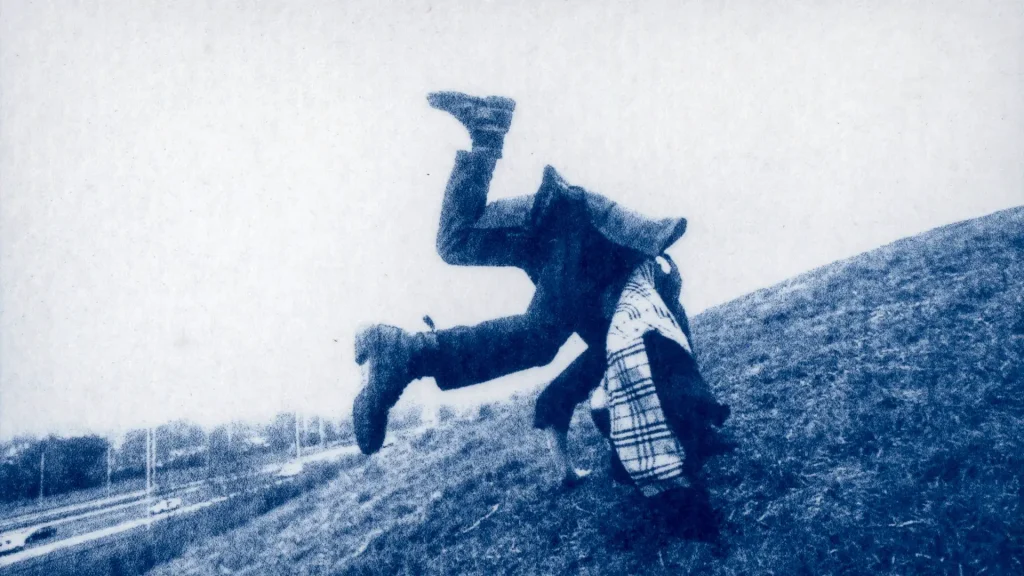
Tips and Tricks for the Budding Cyanotype Videographer
As you can imagine – there were quite a few bumps on this two and a half month road to cyanotype town. If you watch the video, you can actually see that the process becomes more consistent, as my skill begins to improve. So for those of you that dare to give this a go – here’s a few helpful things I learnt along the way.
Firstly, animate in a lower FPS. I foolishly shot the original footage synced to the music in 24fps, and unfortunately had no choice but to animate it at the same frame rate. The moment I realised this, my heart sunk. Some cameras will allow you to shoot in 18fps, but if you’re not syncing to the sound like I was – then I’d advise splitting your footage as low as 12fps, giving you half the work – whilst also adding that animated aesthetic of a low frame rate.
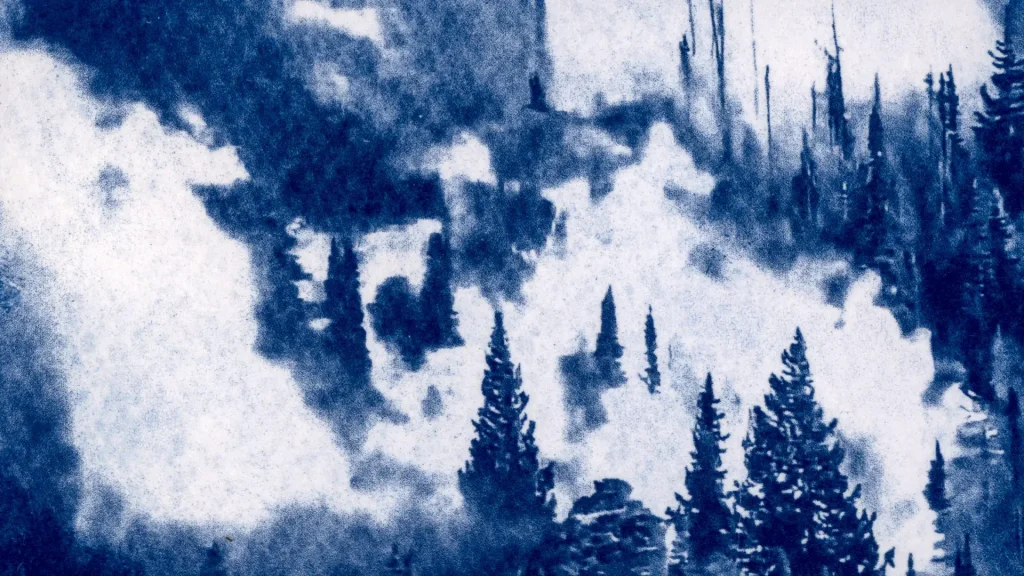
Secondly, use a smooth watercolour or cartridge paper for your cyanotypes. I used textured watercolour paper to print on, which ended up being very noticeable in the final product, changing from frame to frame. Whilst this is a matter of preference, I do think smooth papers allow for a more consistent image – but of course, it’s up to you!
Thirdly, when washing – I used two baths of still water, instead of running water to save on water. This worked well, and dramatically reduced water costs. I also sprayed the prints with white vinegar (the cleaning kind), as a sustainable alternative to hydrogen peroxide. What this does is retain the midtones and give better blues, which is useful for video as you lose less of the original image (cyanotype being a high contrast process). However, again this is a matter of preference.
Of course there is lots more advice I could give – so feel free to get in touch via my instagram. I hope you enjoy the video!
Share this post:
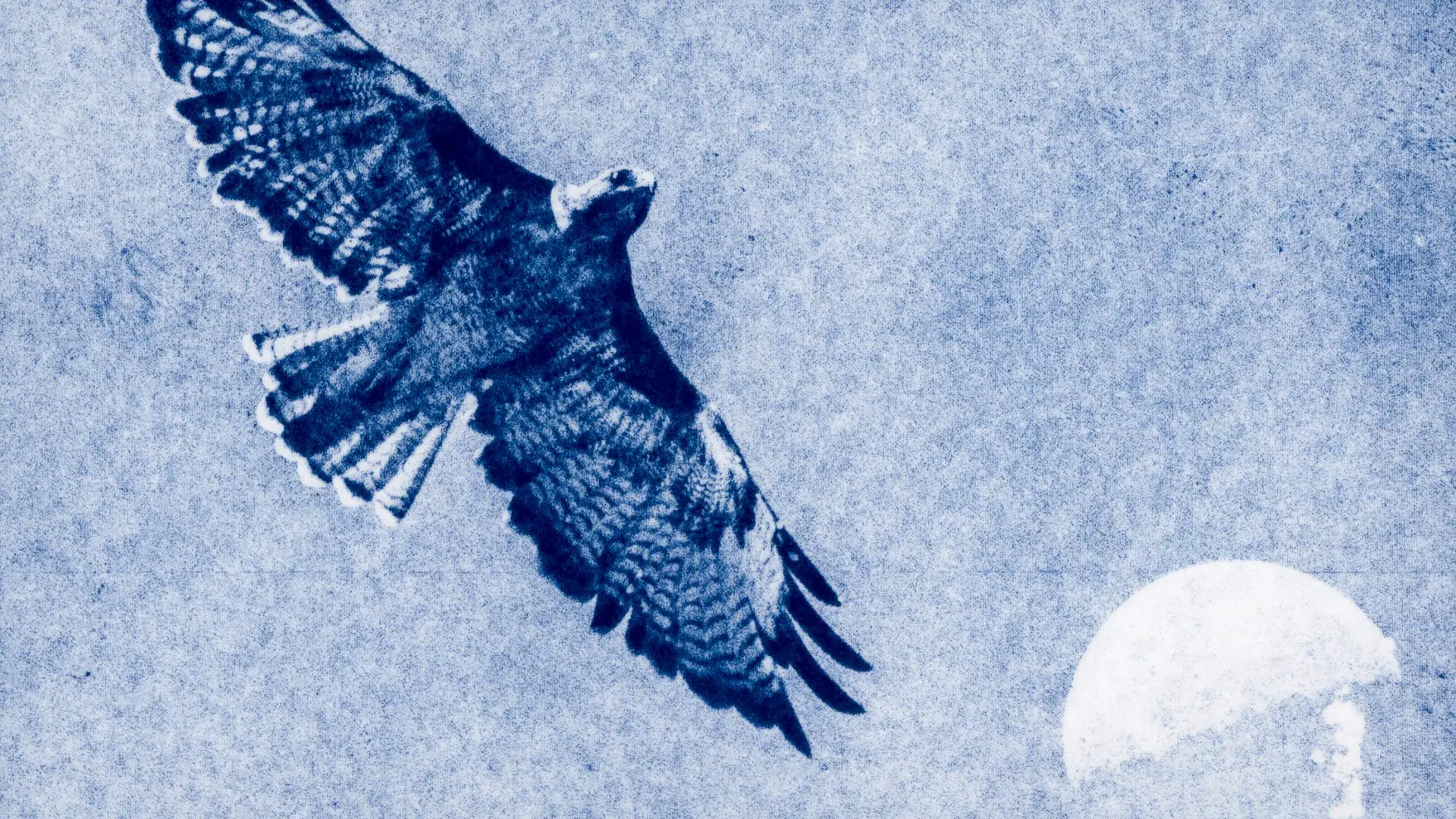








Comments
Matt Mullins on This Music Video was Made Entirely Out of Cyanotypes – By Edd Carr
Comment posted: 04/06/2021
Jalan on This Music Video was Made Entirely Out of Cyanotypes – By Edd Carr
Comment posted: 04/06/2021
Comment posted: 04/06/2021
Dana Brigham on This Music Video was Made Entirely Out of Cyanotypes – By Edd Carr
Comment posted: 04/06/2021
Comment posted: 04/06/2021
Emma on This Music Video was Made Entirely Out of Cyanotypes – By Edd Carr
Comment posted: 04/06/2021
Peter Christensen on This Music Video was Made Entirely Out of Cyanotypes – By Edd Carr
Comment posted: 04/06/2021
Andrew B on This Music Video was Made Entirely Out of Cyanotypes – By Edd Carr
Comment posted: 04/06/2021
Simon Forster on This Music Video was Made Entirely Out of Cyanotypes – By Edd Carr
Comment posted: 04/06/2021
Louis A. Sousa on This Music Video was Made Entirely Out of Cyanotypes – By Edd Carr
Comment posted: 04/06/2021
Kyle H on This Music Video was Made Entirely Out of Cyanotypes – By Edd Carr
Comment posted: 05/06/2021
Steve Curzon on This Music Video was Made Entirely Out of Cyanotypes – By Edd Carr
Comment posted: 05/06/2021
Sroyon on This Music Video was Made Entirely Out of Cyanotypes – By Edd Carr
Comment posted: 05/06/2021
AZD on This Music Video was Made Entirely Out of Cyanotypes – By Edd Carr
Comment posted: 07/06/2021